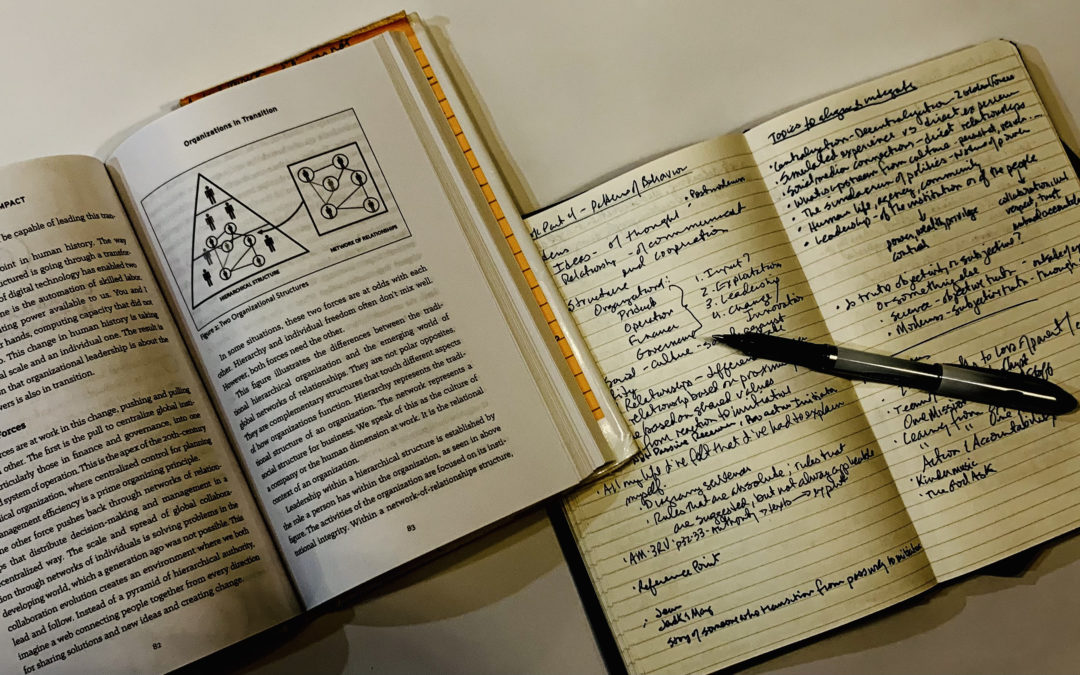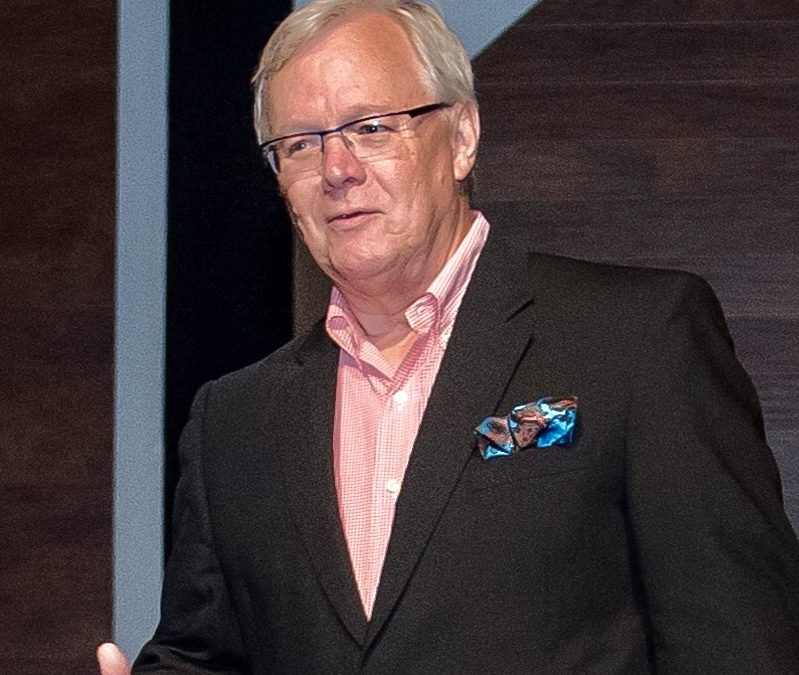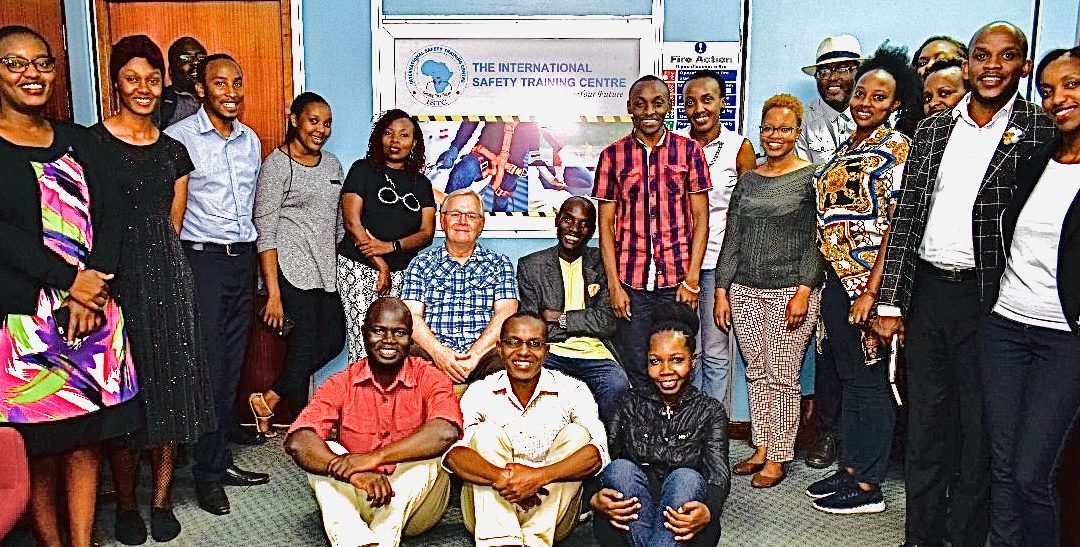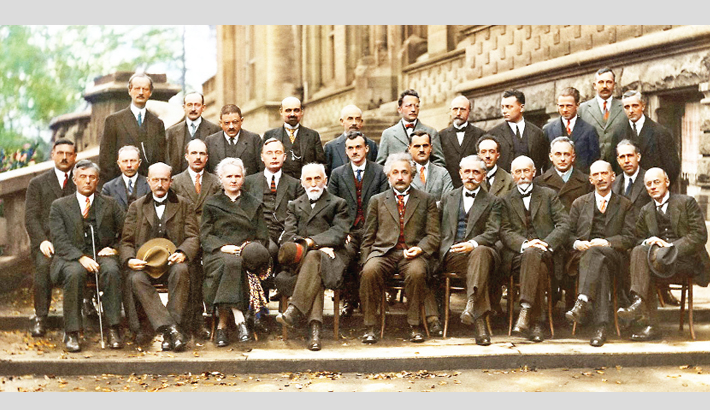


Becoming a Person of Impact
In this turbulent time of change, the tendency is for us is to hold back and wait to see what other people are going to do. Then we follow them. The transition point that we are in doesn’t provide us the luxury to wait. The times call us to take personal...
The Future of Leadership
The future of leadership is not its past. Complexity and dynamism are forcing our world to change. Many organizations and nations will not survive.
Two of my African colleagues have commented to me recently about their optimism for the future of their continent. One told me that 70% of Africa is now under 30 years of age. The other said that by the year 2050, there will be one billion people in Africa under the age of 25.
As I try to make sense of what these numbers mean for the future of Africa and the world, I realized that it points to a dramatic change in how we develop and deploy leaders. Not only how we develop them, but the kind of organizations that they will be willing to work in. This is a discussion that we need to have.

Four Reference Points
I have been fascinated with people who start things. It is embedded in my definition of leadership.
“All leadership begins with personal initiative …’
However, to start something is to recognize that there is a reason for doing so. Some things we start are experimental projects to see what works. Others are business ideas that we think will gather loyal customers. Then there are those people who love to solve problems.
…
To solve a problem is to respond to a creative drive that resides in each of us. Starting something new is the same impetus. We make a decision to resolve a question that we have in our mind.

Three Observations for 2022
Entering a new year only means that we have a reference point for change. If you want more of what you had in 2021, keep doing the same things. If you don’t, then change. You can do it at any time. You don’t have to do it in January. I have found that most of the major changes in my life happened between May and November. See? When we decided to do things differently, it doesn’t really matter. Making the change is what matters.
Here are three observations and responses that can help you make 2022 a better year than you have had a decade. Does that sound too optimistic? Then read on because you are trapped in a mindset that is holding you back from leading your organization.

The Journey of Longing
Behind every mask is a human being longing to be set free. We dream of returning to a normal life. We long for what we once had that now seems to be gone. Behind the most hopeful and optimistic dream is its counter-story, the one that captures the darker experience of longing.
Our dreams are usually about what we want to add to our lives. We dream of the ideal mate, that special vacation spot or new position at work. Our longings reveal instead what is missing or what we have lost. We long for peace or freedom, a return to some past state of comfort or security. These longings tell us more about ourselves than our dreams because they are the products of our experience in life. Our dreams reveal what our imagination hopes and believes is possible in the future.
My conversations with people over the past decade have been about the longings of people. I would say very few people during this time have talked about what they hope to achieve in the future. Most of these moments of engagement are about what is missing and about how to return to a time that they remember with joy and comfort.
In this post, I decided to look at the stories of longing that emerge from literature and the films that brought those stories to a wider audience. I believe these stories point towards an understanding of who we are as individuals and as shared citizens of planet Earth. Mostly I hope these stories and the various videos that I am using to illustrate what I see will provide each of you a moment of contemplation for understanding what you long for and how you might take personal initiative to bring wholeness and resolution to your own sense of longing.

